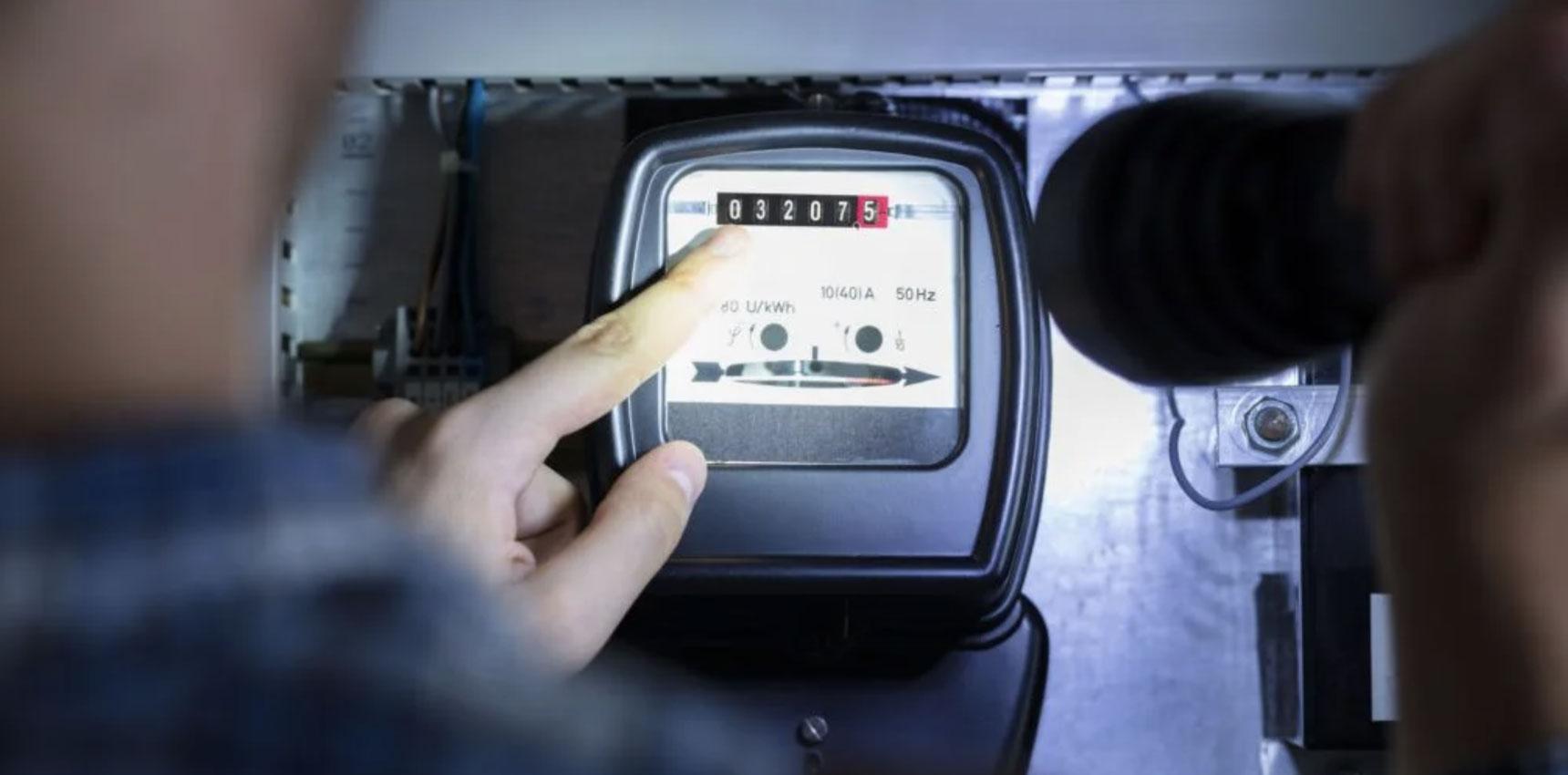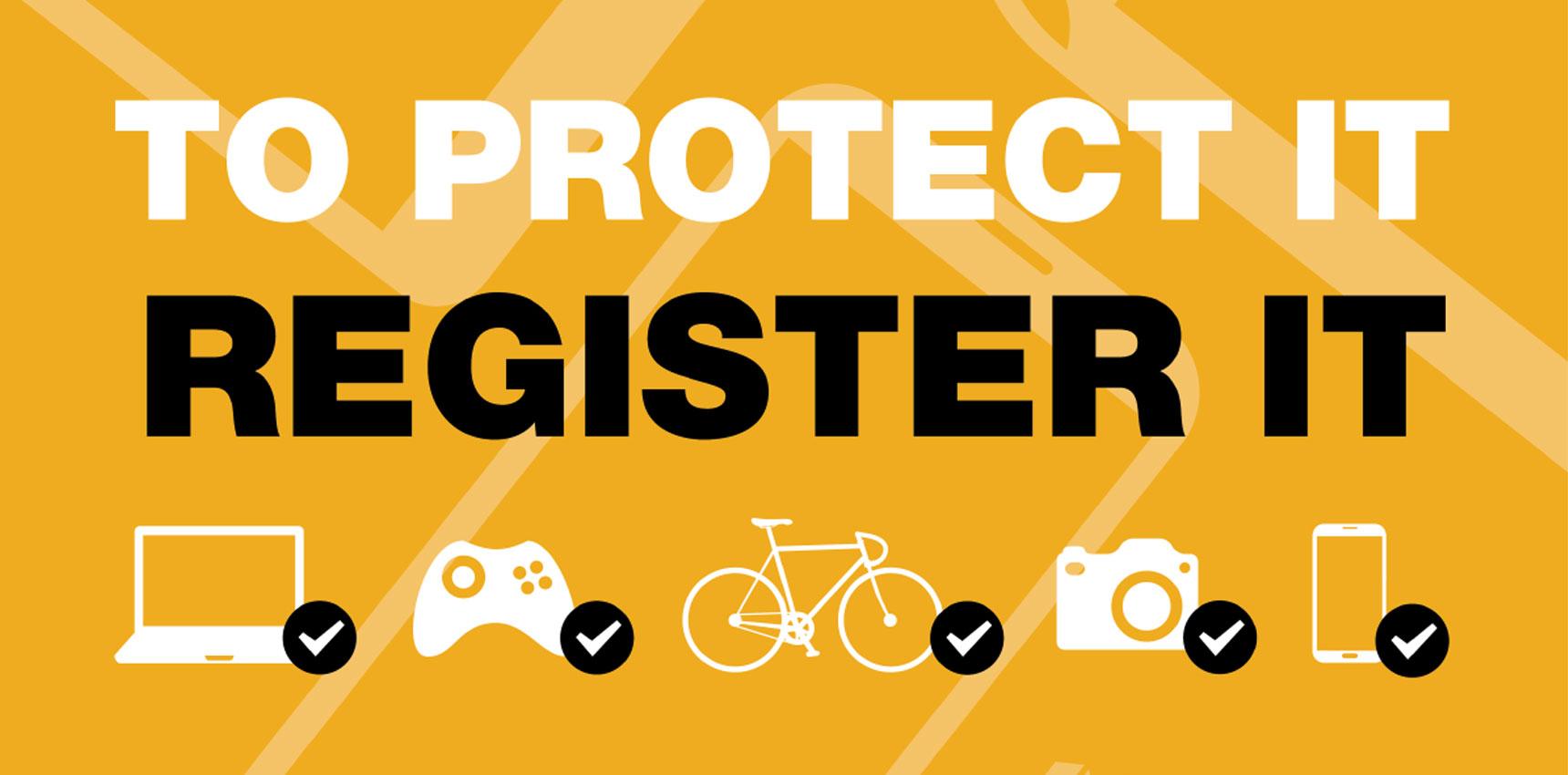Lithium batteries have become ubiquitous in our daily lives, powering everything from smartphones to electric vehicles. However, it is crucial to be aware of the potential dangers associated with these batteries and to adopt safe charging practices. This blog explores the inherent risks of lithium batteries and provides guidelines for ensuring their safe charging.
The Dangers of Lithium Batteries:
- Thermal Runaway: Lithium batteries are susceptible to a phenomenon known as thermal runaway. This occurs when the battery temperature increases uncontrollably, leading to a self-sustaining reaction that generates even more heat. If not addressed promptly, a thermal runaway can result in a fire or explosion.
- Overcharging: Overcharging a lithium battery can lead to the buildup of excess heat and cause damage to the battery’s internal structure. (Please stop charging your E-Scooters overnight in your homes unattended). This can result in a reduced capacity, shortened lifespan, and, in extreme cases, thermal runaway, which is self-evident in the news by the number of fires in people’s homes over the past few years, with people often charging them in their hallways i.e. their only escape route in the event of a fire.
- Puncture or Physical Damage: Physical damage to lithium batteries, such as punctures or impacts, can compromise the integrity of the battery cell. This damage may not be immediately apparent but can lead to internal short circuits and safety hazards during charging.
- Manufacturing Defects: While rare, manufacturing defects in lithium batteries can result in internal faults that increase the risk of thermal runaway. It underscores the importance of purchasing batteries from reputable manufacturers.
Safe Charging Practices:
- Use Manufacturer-Approved Chargers: Always use chargers provided or recommended by the device or battery manufacturer. Using unauthorised chargers can lead to overcharging and compromise the safety of the battery, don’t use damaged or frayed leads on your chargers.
- Avoid Overcharging: Do not leave lithium batteries on charge for extended periods once they are fully charged. Most modern devices are equipped with overcharge protection, but it’s still a good practice to unplug the charger when charging is complete.
- Monitor Charging Temperature: Charge lithium batteries in a cool, well-ventilated area. Avoid charging in extremely hot conditions, as elevated temperatures can accelerate the ageing process and increase the risk of thermal runaway.
- Inspect for Physical Damage: Regularly inspect lithium batteries for any signs of physical damage. If the battery is punctured or shows visible damage, discontinue use immediately and replace it.
- Charge in a Safe Location: Charge lithium batteries on non-flammable surfaces and away from combustible materials. Do not charge devices on soft surfaces like beds or couches, as it can hinder heat dissipation or in your only escape route.
- Avoid Extreme Temperatures: Lithium batteries have optimal temperature ranges for charging. Avoid charging in extremely cold or hot environments, as this can affect battery performance and safety.
- Quality Assurance: Purchase lithium batteries from reputable manufacturers and retailers. Cheap, knock-off batteries may lack the necessary safety features and quality control measures.
Whilst lithium batteries offer remarkable energy density and versatility, understanding and mitigating their inherent risks are paramount. By adopting safe charging practices and staying vigilant for signs of damage, users can harness the power of lithium batteries while minimising the associated dangers. Always prioritise safety to ensure the longevity and reliability of your devices powered by lithium batteries.
Written by Raphael Magnus from Safe Electric who is a member of Peterborough Business Directory





